People often ask us what is rural coliving, and it’s a question that deserves more than a simple answer. When most people think of rural areas, they imagine quiet villages where nothing much happens—a peaceful escape, perhaps, but one that comes with professional stagnation and social isolation. This couldn’t be further from the truth, especially in the emerging world of rural coliving.
So, what is rural coliving exactly? It’s redefining what it means to live, work, and live outside the urban centers. It’s a lifestyle choice that combines remote work flexibility with intentional community living. It is natural settings, vibrant hubs of creativity, and social connection in places that need revitalization.
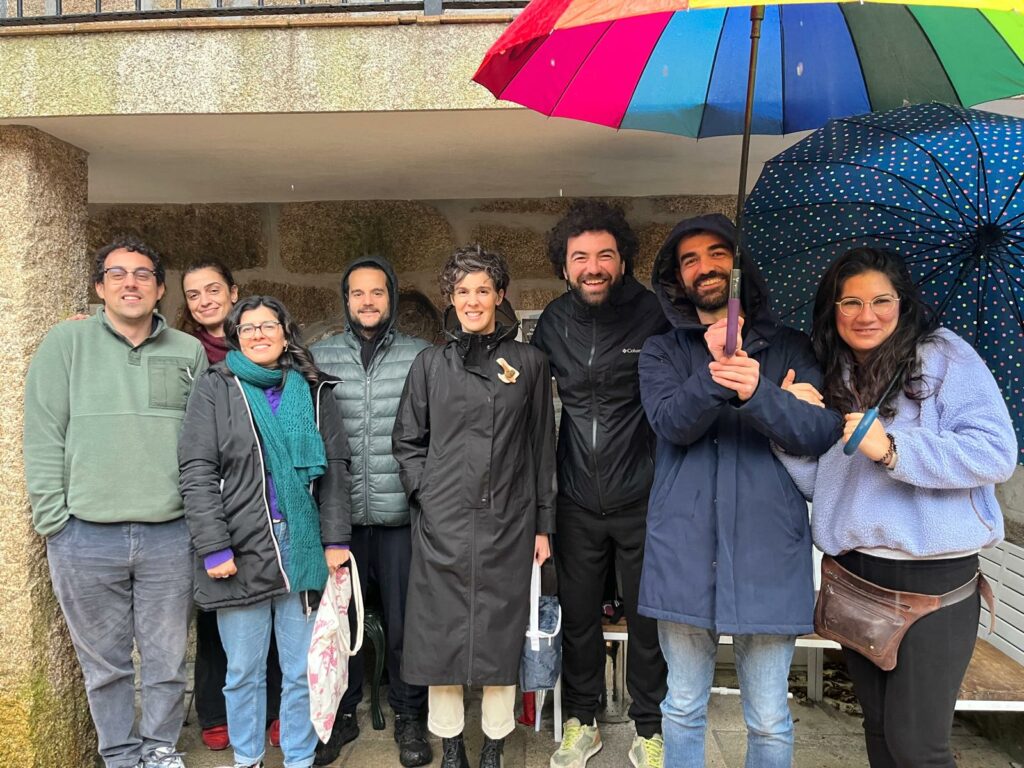
The Rural Coliving Revolution
At its core, what is rural coliving if not a deliberate experiment in reimagining how we want to live? It’s more than just sharing a house in the countryside. Rural coliving is about balancing professional ambition with personal wellbeing. It’s about individual growth alongside collective impact. It’s about modern technology meeting traditional wisdom.
Unlike traditional remote work arrangements where you might feel isolated, rural coliving creates something different. Unlike urban coliving spaces that merely offer shared accommodation in expensive cities, this is entirely new. It’s a bridge between two worlds. It harnesses the connectivity and opportunities of the digital age while reconnecting us with nature, community, and a slower pace.
Since launching Anceu Coliving in Galicia, Spain, in July 2020, we’ve hosted over 600 creative professionals. We’ve organized more than 30 artist residencies. What we’ve learned is that rural coliving isn’t about escaping from something. It’s about moving toward a more fulfilling way of being.
Breaking the Nothing Happens Here Myth
Perhaps the biggest misconception about rural life is that it’s boring. That nothing happens. That you’ll be cut off from culture, creativity, and professional opportunities.
The reality at Anceu is quite the opposite. The same is true at rural coliving spaces across Europe. With 15 to 20 people living together at any given time, there’s always something happening. The difference is that what happens here is intentional, meaningful, and often transformative.
Through our Rural Hackers NGO, we facilitate monthly knowledge-sharing events. These blend traditional rural wisdom with cutting-edge innovation. One month you might learn ancient beekeeping techniques from a local villager. The next, you’re attending a workshop on open-source technology solutions for rural challenges. We host creative residencies where artists, technologists, and makers develop month-long projects. These projects sit at the intersection of arts, technology, and rural living.
Our Rural Makers initiative uses technology to develop simple, practical solutions for rural communities. Projects like Punto de Agua emerge from this environment of collaborative problem-solving. This water meter reading system now serves over 400 households. Meanwhile, initiatives like Circular Actions work on biodiversity projects. We help local rivers, forests, and ecosystems thrive.
The calendar is full. The conversations are deep. The projects are meaningful. And yes, we have gigabit fiber internet—1000 Mbps, to be exact. You’re never professionally disconnected from global opportunities while being physically embedded in local community.
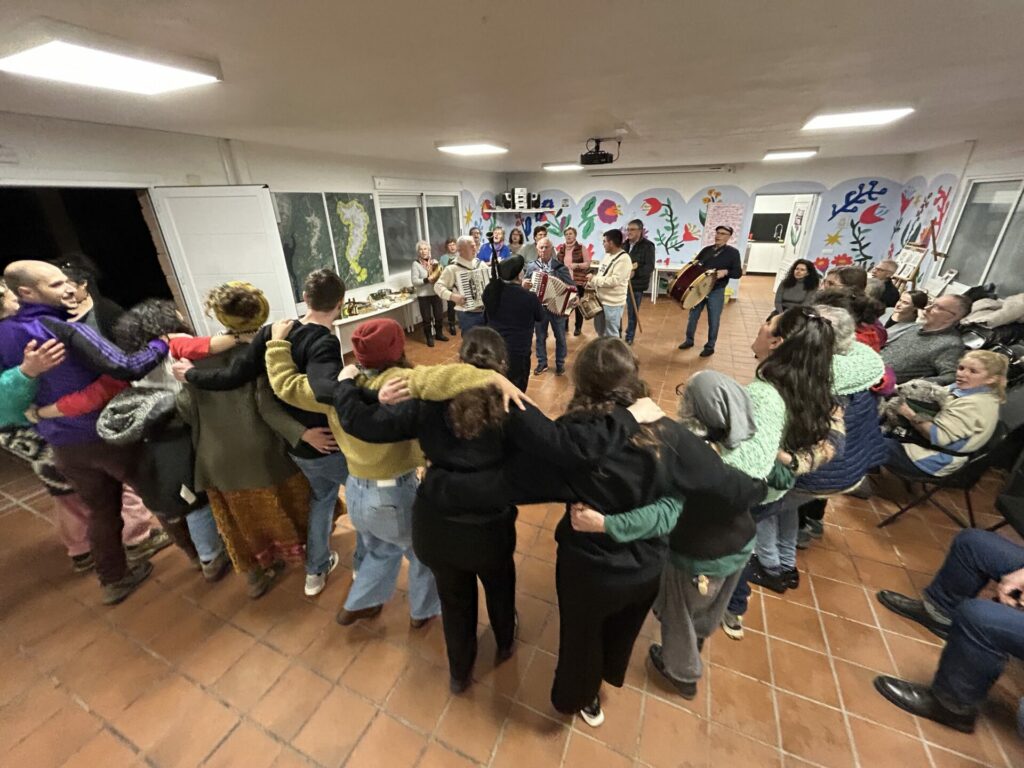
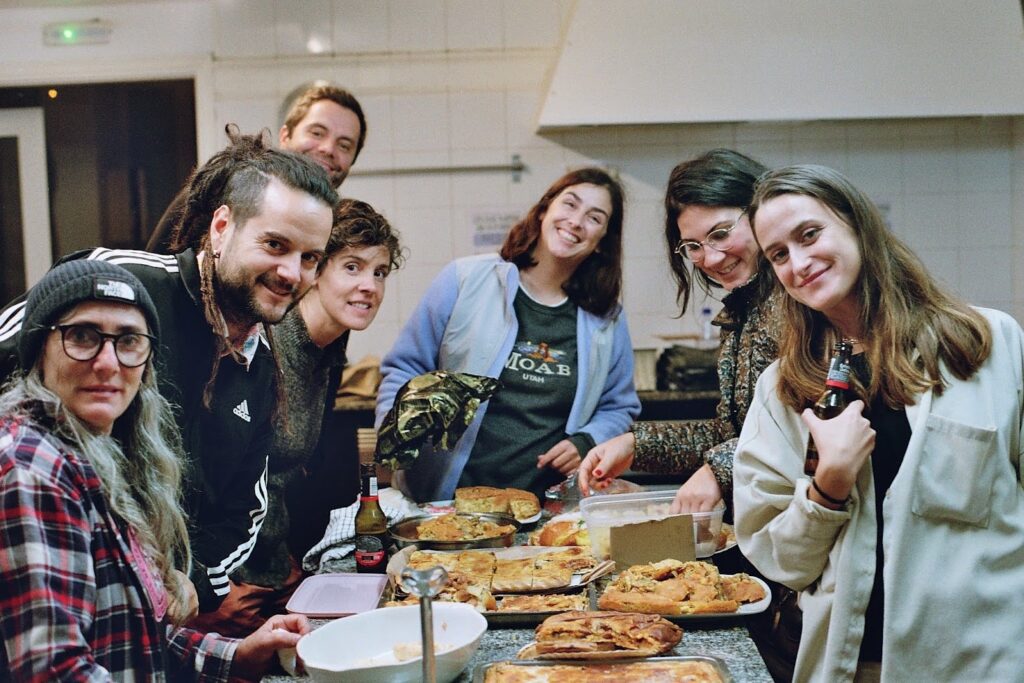
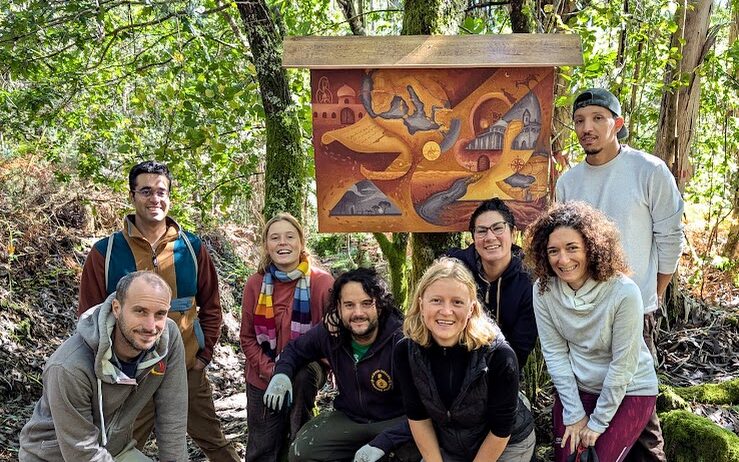

The Paradox of Urban Isolation Versus Rural Coliving
Here’s something that surprises many first-time visitors: cities are often lonelier than rural coliving spaces.
You can live in a city of millions and barely know your neighbors. You can work in a busy coffee shop surrounded by people yet feel completely alone. The density of urban life doesn’t automatically translate to meaningful connection. In fact, the anonymity and transience of cities often work against deep relationships.
In rural coliving, isolation simply isn’t possible. Especially in a space like Anceu where you’re living with 15 to 20 other people. You share meals. People also work in common spaces. You celebrate each other’s wins. You support each other through challenges. The community isn’t just close—it’s present, engaged, and invested in each other’s growth.
But it goes beyond the coliving residents. Rural communities themselves often have stronger social fabrics than their urban counterparts. In Anceu village, relationships span generations. People look out for one another. Knowledge is shared freely. When we organized the Rural Revival photography project to document and celebrate rural life, it wasn’t just about taking pictures. It was about strengthening the bonds between longtime villagers and newcomers, between traditional ways and innovative approaches.
This interconnection creates a support network that many urban dwellers spend years trying to build. They attend networking events and join coworking spaces, yet never quite achieve it.
Community at the Heart
If there’s one defining characteristic of rural coliving, it’s the emphasis on community. Not just living near people, but living with them. In ways that foster genuine connection and mutual growth.
Every member of our community is encouraged to participate in local impact projects. When we paint murals in the village, restore hiking trails, or organize cultural exchanges with local residents, it’s a collective effort. The artists whose work decorates each of our rooms weren’t just hired decorators. They were residents who left their mark on the space that had become their temporary home. Quite literally.
This sense of shared purpose extends to how we approach daily life. Meals often become impromptu brainstorming sessions. Evening fires turn into philosophical debates or acoustic concerts. Weekend projects might involve building natural swimming pools or creating open-source software for rural development.
The power of this community approach becomes especially clear in our “cooperating, not competing” philosophy. We actively build long-term alliances with other colivings and creative hubs throughout Europe. We organize creative weeks in soon-to-open spaces. Anceu coliving also hosts members from other rural communities. We’re not trying to hoard success. What rural colivings are trying to demonstrate that rural revitalization works best when it’s a movement, not a single outpost.
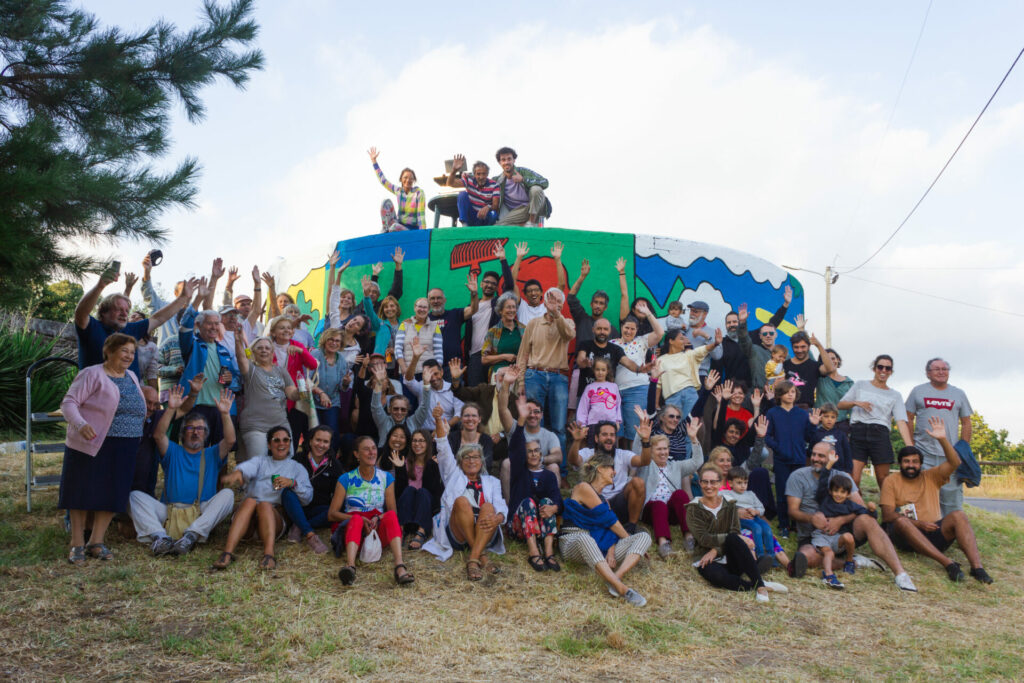
Rural Regeneration and Local Impact
Rural coliving isn’t just about what residents get from the experience. It’s fundamentally about what we give back to the places hosting us.
Rural areas across Europe face severe depopulation. Particularly in regions like Galicia. Traditional ways of life are disappearing. Local economies are struggling. Support networks are fraying. This isn’t just a demographic problem. It’s a cultural crisis that disconnects entire societies from their roots and traditions.
Rural coliving offers a potential solution. It creates new economic and social models that make rural life viable for a new generation. When remote workers choose to live in places like Anceu, they bring economic activity, yes. But more importantly, they bring energy, skills, and fresh perspectives that can catalyze transformation.
Through Rural Hackers, we’ve made our mission explicit: fostering innovation and creativity at the intersection of technology, rural living, and art. We develop open-source tech solutions to fight rural challenges. At Anceu Coliving we also provide platforms for interdisciplinary collaboration. We empower people to challenge traditional thinking and create groundbreaking projects that inspire positive change.
The impact is tangible. When we develop water management systems for hundreds of households, we’re solving real infrastructure problems. When we host monthly knowledge-sharing events, we’re creating spaces where traditional rural knowledge meets contemporary innovation. We’re preserving what’s valuable while adapting to new realities. When we work on biodiversity projects, we’re directly improving the ecosystem we inhabit.
This is the think globally, act locally, revive rural philosophy in action. We’re not romanticizing a return to some imagined pastoral past. We’re using the tools of the present—remote work, digital connectivity, international networks—to build sustainable futures for rural communities.
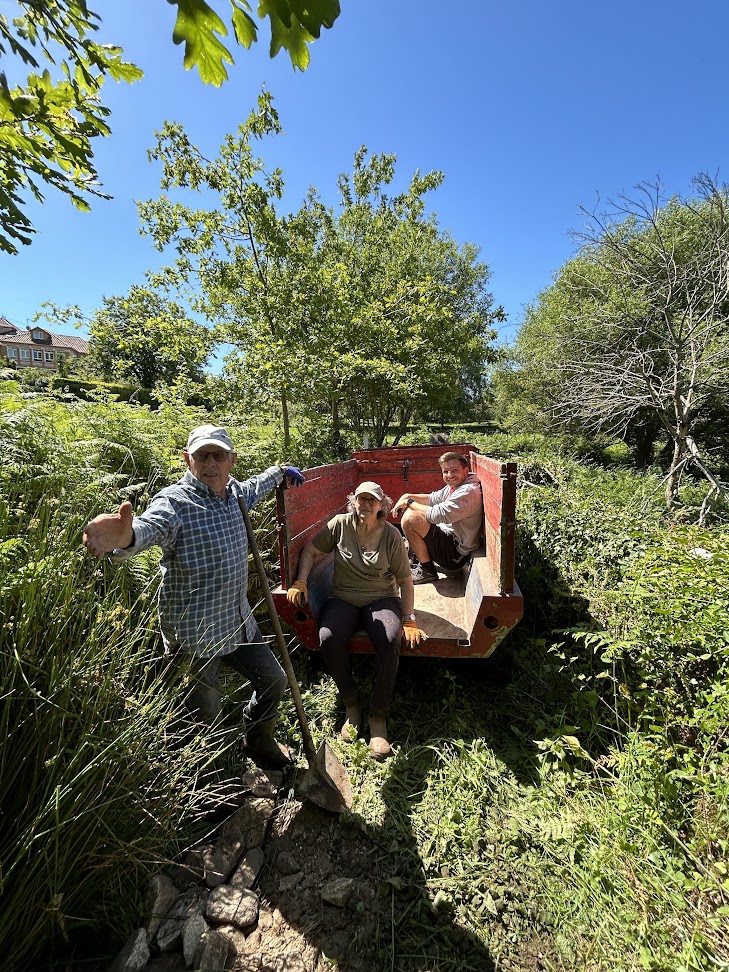

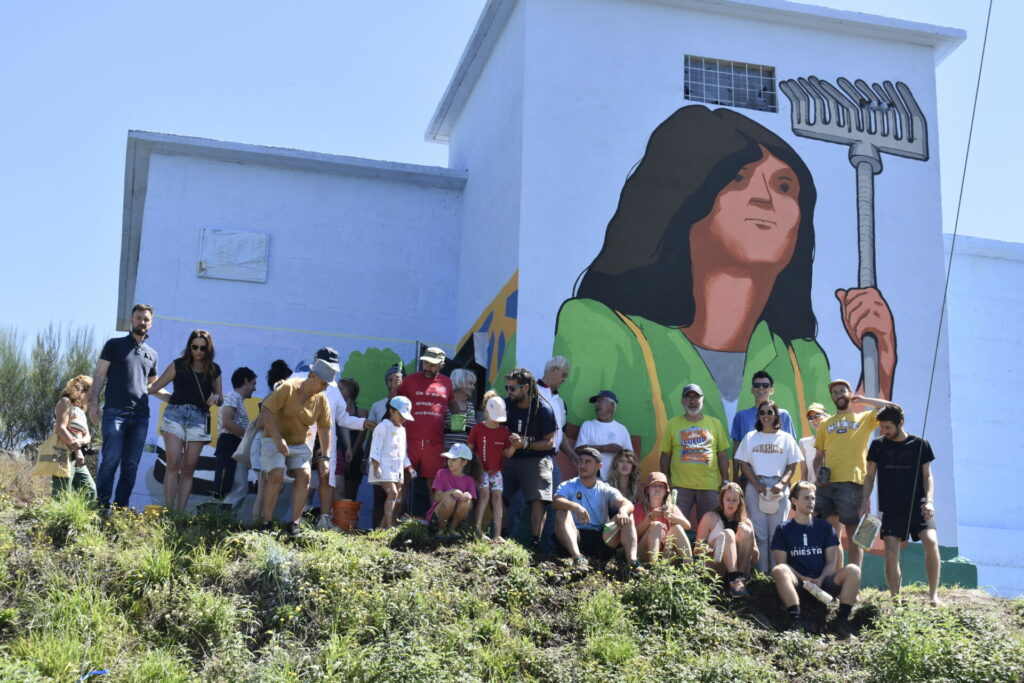
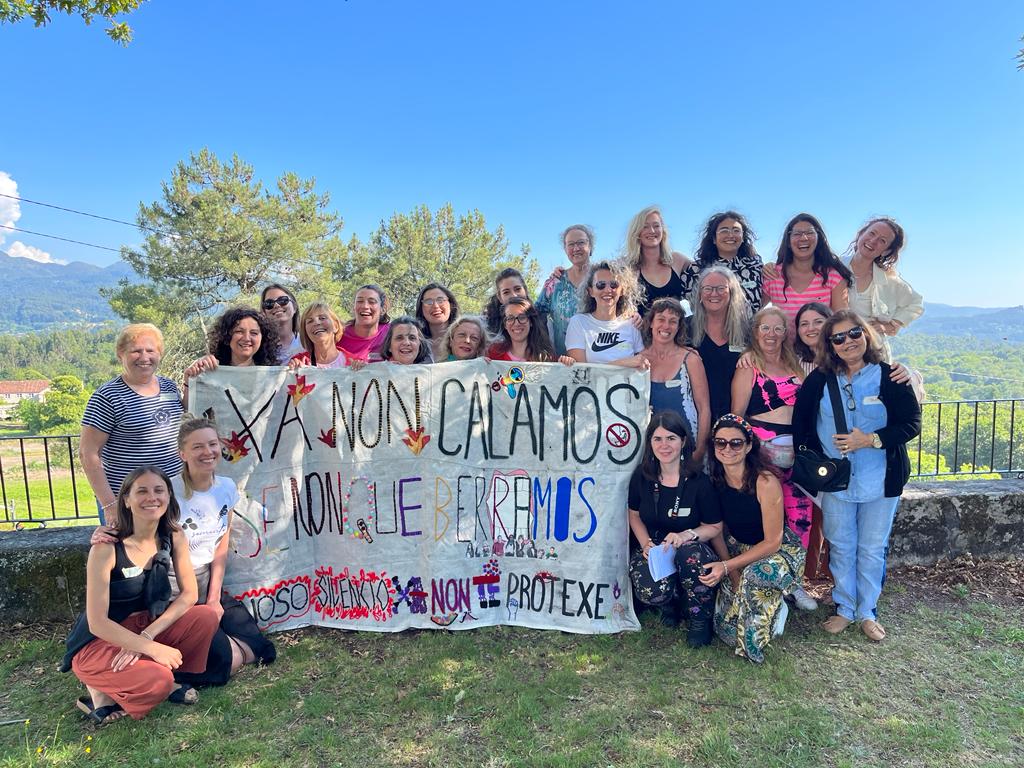
Who Loves Rural Coliving?
Understanding what is rural coliving also means understanding who it’s for. Rural coliving attracts a diverse range of people. But certain characteristics tend to predict success.
You’re likely to love it if you’re curious about different ways of living. If you value community but also respect personal space. If you want your daily life to have positive impact beyond just your own success. If you’re willing to contribute—whether that’s cooking a communal meal, helping with a local project, or sharing your expertise.
Remote workers form a large part of rural coliving communities because they have the flexibility. Software engineers, designers, writers, consultants. But we also host artists on residency, researchers working on specific projects, entrepreneurs building startups. People in life transitions exploring what’s next.
What unites successful rural colivers isn’t their profession or age. It’s a willingness to embrace imperfection (another of Anceu’s core values). To engage authentically with community. To find meaning in contribution rather than just consumption.
The Future of Rural Coliving
Rural coliving is still young, but it’s growing rapidly across Europe and beyond. As remote work becomes increasingly normalized, people question the necessity of expensive, stressful urban life. More are discovering that rural communities offer not just an alternative, but often a better balance.
The model also offers hope for addressing one of Europe’s most pressing demographic challenges. If we can make rural areas attractive to a new generation of workers and creators, we can revitalize communities. We can preserve cultural heritage. We can create more sustainable, distributed patterns of living.
At Anceu, we’re not just running a coliving space. We’re part of a broader experiment in what 21st-century rural life can be. Through our work with Rural Hackers and our partnerships across the European Creative Hubs Network, we’re building a movement. A movement for rural revitalization that recognizes these places as sources of inspiration and innovation, not just nostalgia.
